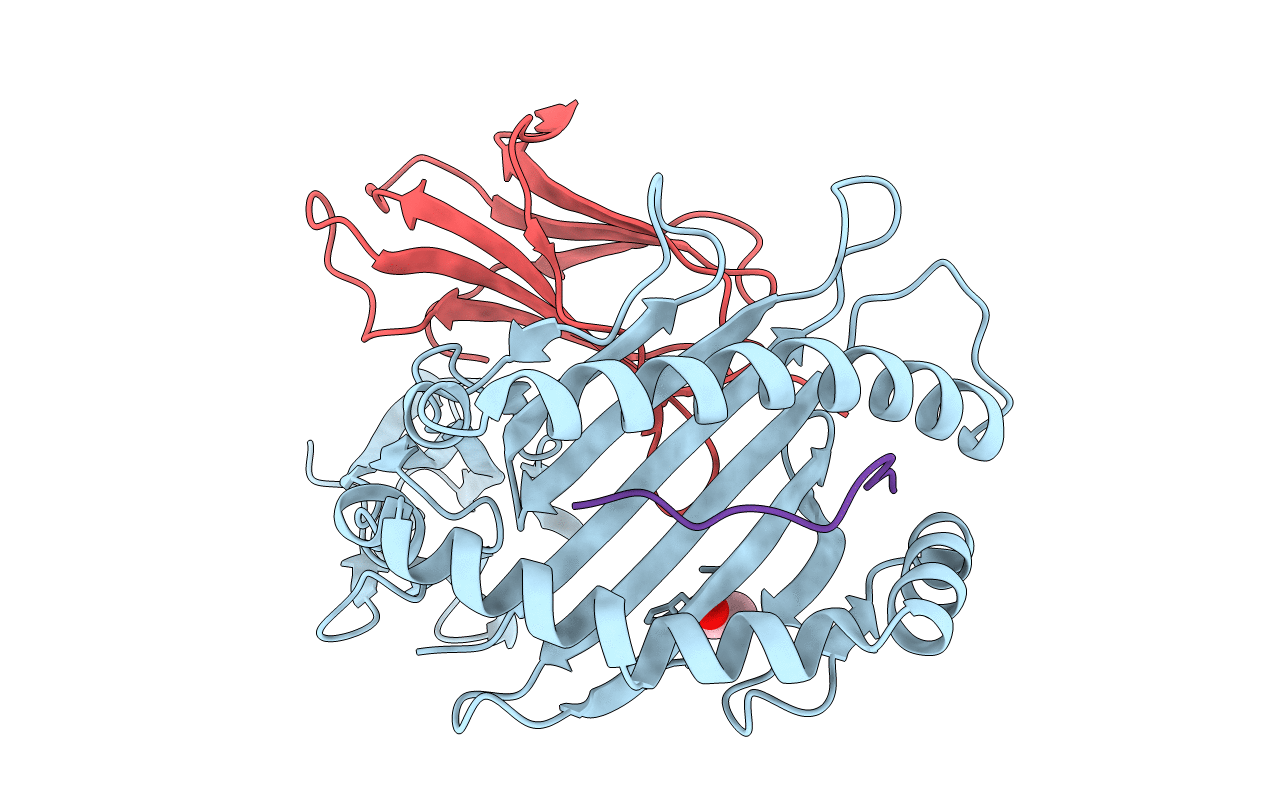
Deposition Date
2014-03-05
Release Date
2014-04-16
Last Version Date
2024-10-16
Entry Detail
Biological Source:
Source Organism:
Homo sapiens (Taxon ID: 9606)
Human herpesvirus 4 (Taxon ID: 10376)
Human herpesvirus 4 (Taxon ID: 10376)
Host Organism:
Method Details:
Experimental Method:
Resolution:
1.75 Å
R-Value Free:
0.23
R-Value Work:
0.19
R-Value Observed:
0.19
Space Group:
P 21 21 21


